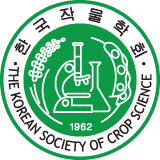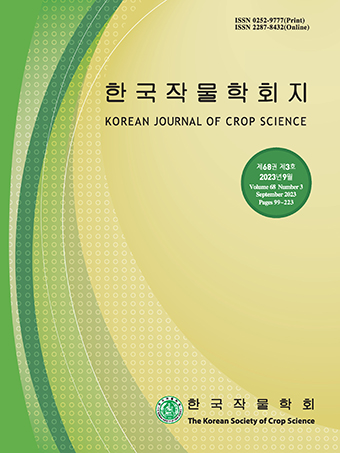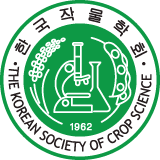Original Research Article
Abstract
References
Information
- Publisher :The Korean Society of Crop Science
- Publisher(Ko) :한국작물학회
- Journal Title :The Korean Journal of Crop Science
- Journal Title(Ko) :한국작물학회지
- Volume : 63
- No :3
- Pages :219-228
- Received Date : 2018-07-09
- Revised Date : 2018-09-11
- Accepted Date : 2018-09-18
- DOI :https://doi.org/10.7740/kjcs.2018.63.3.219




 The Korean Journal of Crop Science
The Korean Journal of Crop Science








